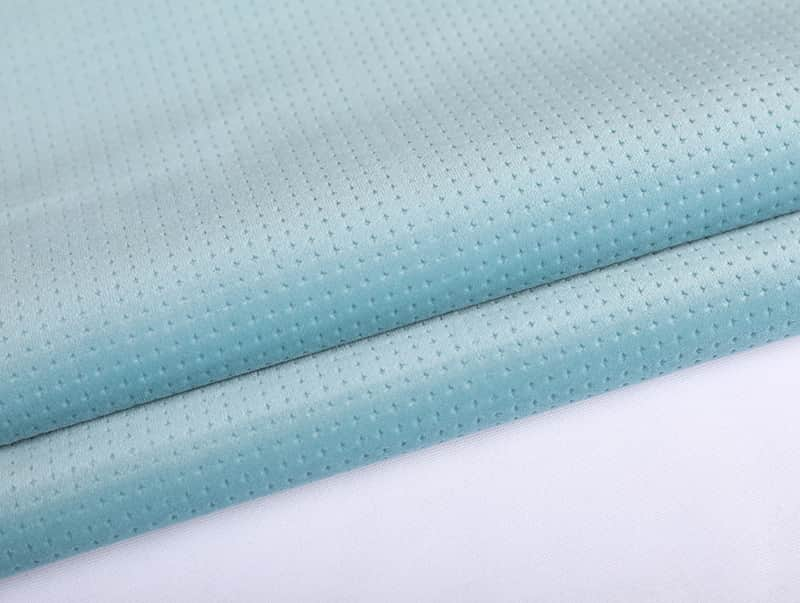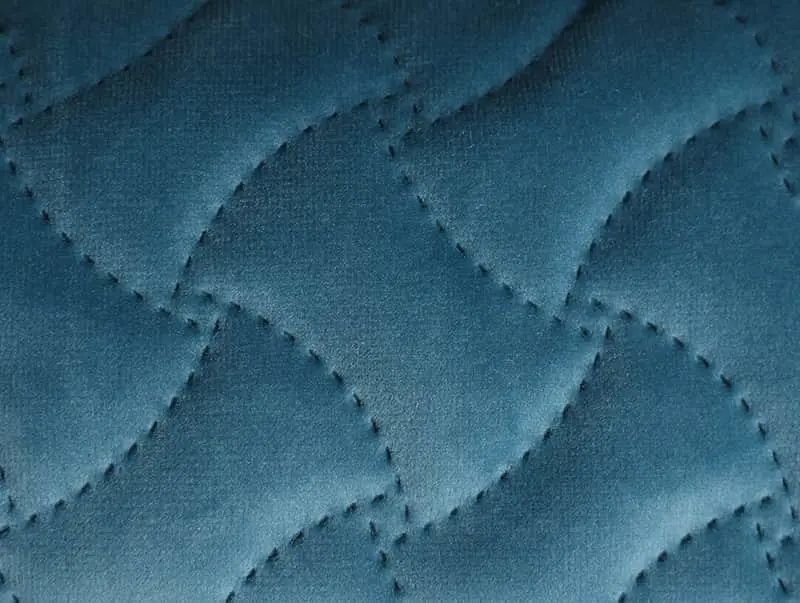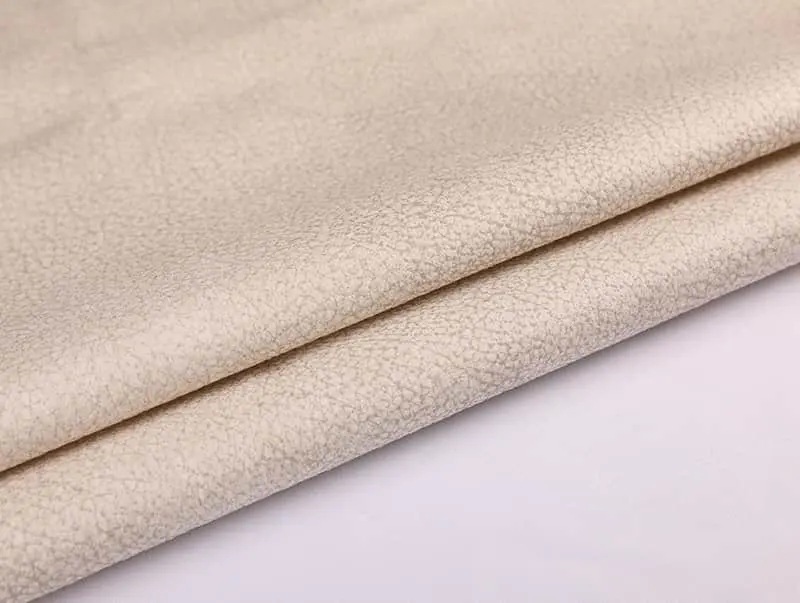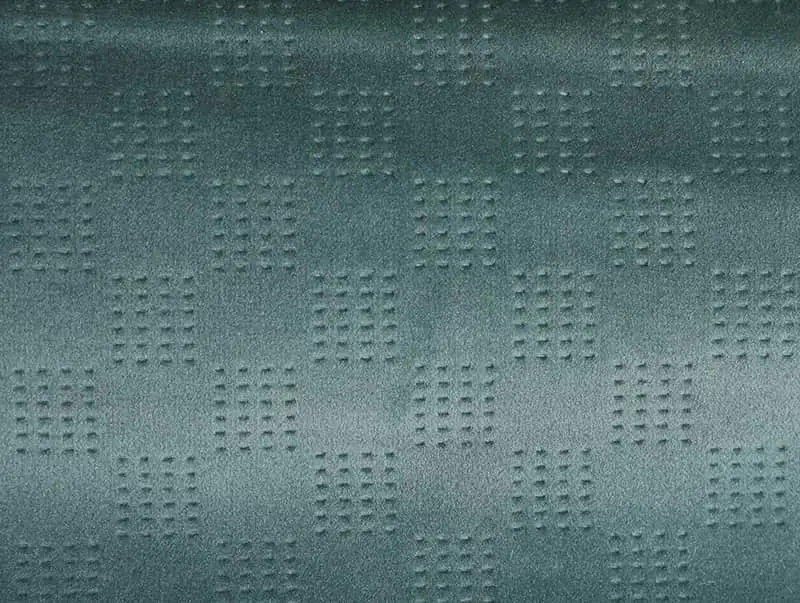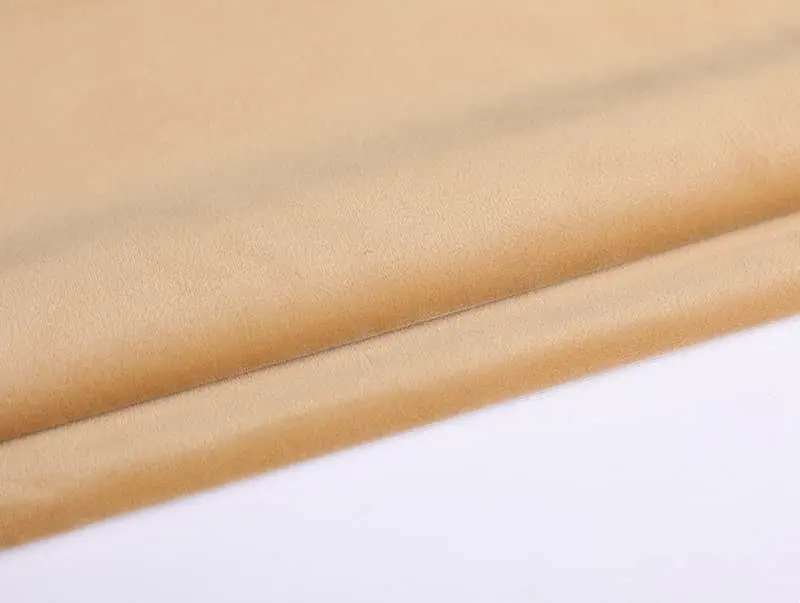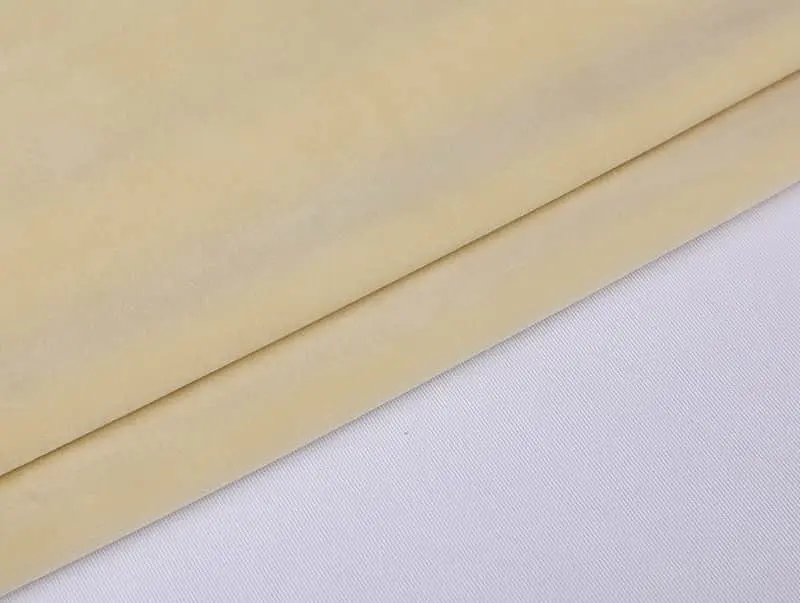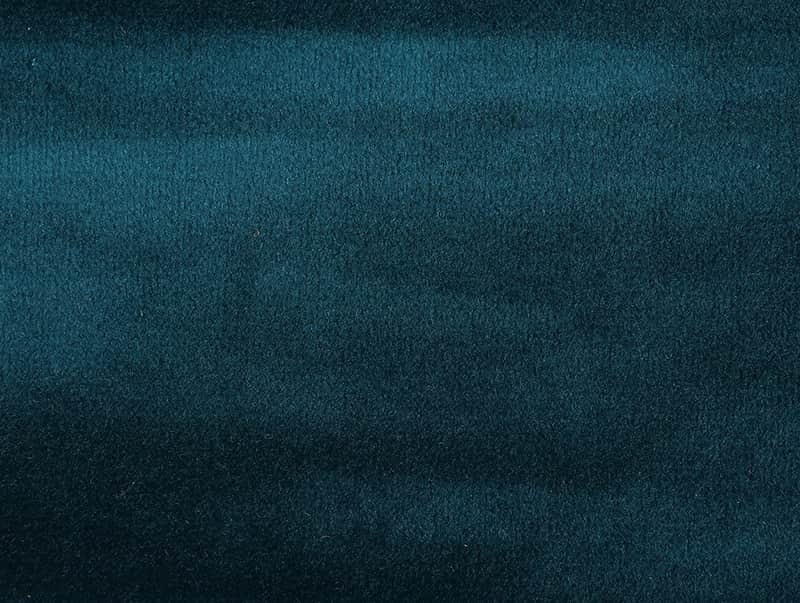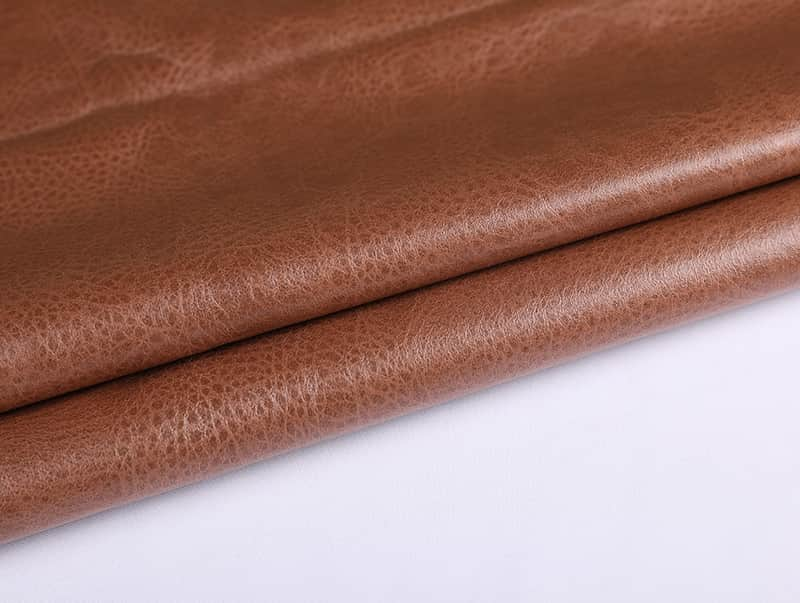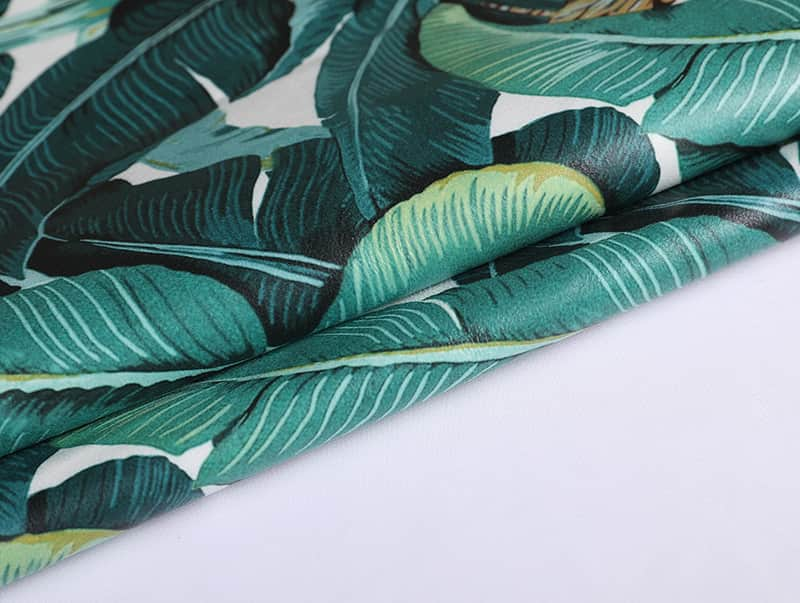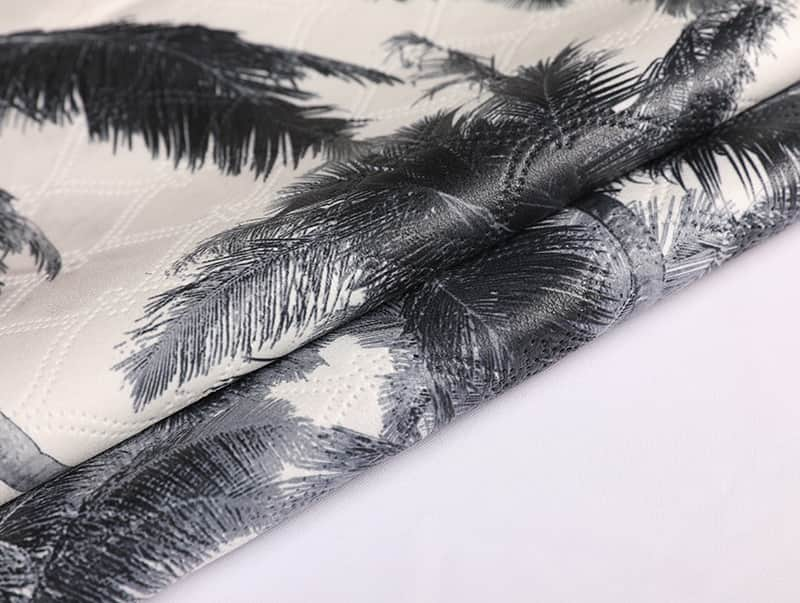Velvet curtain fabrics are synonymous with elegance, depth, and tactile richness. Traditionally made from silk or synthetic blends, velvet has long been favored in interior décor for its luxurious appearance and excellent drape. However, as sustainability becomes a core requirement in residential, commercial, and hospitality design, the velvet curtain industry is evolving. Increasingly, suppliers and designers are seeking environmentally responsible alternatives that meet both aesthetic and performance standards.
Recycled Polyester Velvet
One of the most common sustainable velvet options is velvet made from recycled polyester, often derived from post-consumer plastic bottles (PET). This material replicates the luster and durability of traditional polyester velvet while significantly reducing dependence on virgin fossil resources.
Advantages
Reduces plastic waste and energy usage during production
Comparable sheen, softness, and drape to conventional velvet
Widely available and often cost-competitive
Certification to Look For
Global Recycled Standard (GRS)
OEKO-TEX Standard 100, which ensures low chemical residue
Applications
Recycled polyester velvet is particularly well-suited for commercial interiors, hotels, and public spaces where fire ratings and easy maintenance are critical.
Organic Cotton Velvet
Organic cotton velvet offers a plush hand feel and matte finish while avoiding pesticides, synthetic fertilizers, and GMOs used in conventional cotton farming. Though typically heavier and less lustrous than polyester velvet, organic cotton appeals to clients seeking a natural, breathable option with low environmental impact.
Advantages
Biodegradable and renewable material
Soft and skin-friendly for residential use
Reduced environmental footprint during cultivation
Certification to Look For
Global Organic Textile Standard (GOTS)
OEKO-TEX, confirming safe dyeing and finishing
Considerations
Organic cotton velvet can be more expensive and heavier
Flame retardancy must be addressed through non-toxic treatment or lining for contract use
3. Bamboo or TENCEL Lyocell Velvet
Innovative cellulose-based fibers like bamboo viscose and TENCEL Lyocell are being used to create eco-velvets that are silky to the touch and environmentally progressive.
Bamboo Velvet
Made from bamboo pulp, processed into viscose yarns
Naturally antibacterial and breathable
Often blended with cotton or polyester for structure
TENCEL Velvet
Derived from sustainably harvested wood using a closed-loop solvent system
Produced with low water usage and minimal chemical discharge
Certification to Look For
FSC-certified wood sources
Lenzing certification (for authentic TENCEL fibers)
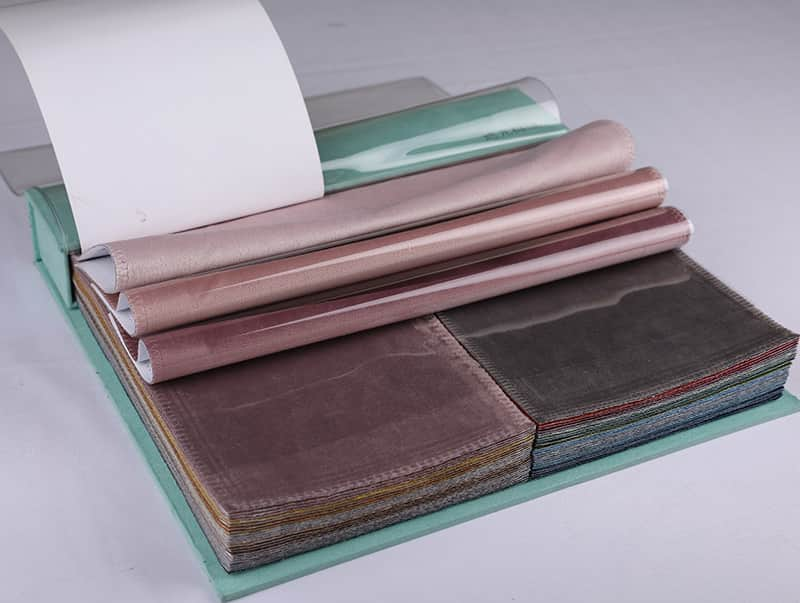
Low-Impact Dyeing and Finishing
Even if the base material is sustainable, the dyeing and finishing processes can significantly affect the overall environmental impact of velvet curtains.
Eco-Friendly Practices
Use of low-impact reactive dyes that require less water and energy
Digital pigment printing as an alternative to traditional wet processes
Waterless dyeing technologies, such as supercritical CO2 dyeing
Benefits
Lower chemical discharge into wastewater systems
Better worker safety in production environments
Enhanced indoor air quality due to fewer residual chemicals
Biodegradable and Natural Fiber Blends
Some manufacturers are now producing velvet blends using hemp, linen, or silk alongside organic cotton or viscose. These fibers are:
Rapidly renewable (especially hemp and linen)
Biodegradable at the end of the product’s life cycle
Cultivated with minimal chemical inputs
Considerations
These velvets may have a more rustic, matte finish compared to synthetic velvet
Cost and availability may vary regionally
Naturally flame-retardant options are limited, requiring careful treatment for public spaces
Certifications and Standards for Sustainable Velvet Curtains
When sourcing sustainable velvet curtain fabrics, it is critical to verify third-party certifications that confirm material origins, chemical usage, and overall environmental impact.
Key Certifications
GOTS (Global Organic Textile Standard) for organic fibers and responsible processing
GRS (Global Recycled Standard) for recycled content
OEKO-TEX Standard 100 for chemical safety
Cradle to Cradle Certified for full lifecycle responsibility
EU Ecolabel for overall environmental performance
GreenGuard Gold for low VOC emissions in indoor environments
Upcycling and End-of-Life Considerations
True sustainability considers not just how a fabric is made, but also how it is discarded.
Upcycling Strategies
Velvet offcuts can be repurposed into cushion covers, upholstery accents, or textile art
Designers and decorators may specify modular curtain systems that allow panels to be reused in other rooms or projects
Biodegradability
Natural fibers like cotton, silk, or bamboo will decompose more easily than polyester
Avoiding blended materials can simplify recycling or composting processes
Challenges and Limitations
While the range of sustainable velvet options is growing, there are still some limitations:
Flame retardant compliance for contract or hospitality use may require chemical treatment
Availability of consistent dye lots and colorfastness performance in natural fibers
Cost premiums on organic and specialty materials may not be viable for all projects
Nonetheless, these challenges are being addressed through innovations in fiber science, greener chemical processes, and a growing market demand for ethical textile sourcing.
Velvet curtain fabrics can indeed align with sustainability goals when sourced and specified thoughtfully. Options such as recycled polyester, organic cotton, bamboo viscose, and TENCEL offer viable alternatives to conventional synthetic velvets, without sacrificing visual or tactile richness. Combined with eco-friendly dyeing, verified certifications, and end-of-life planning, these materials allow designers and manufacturers to create luxurious interiors that are environmentally responsible.
